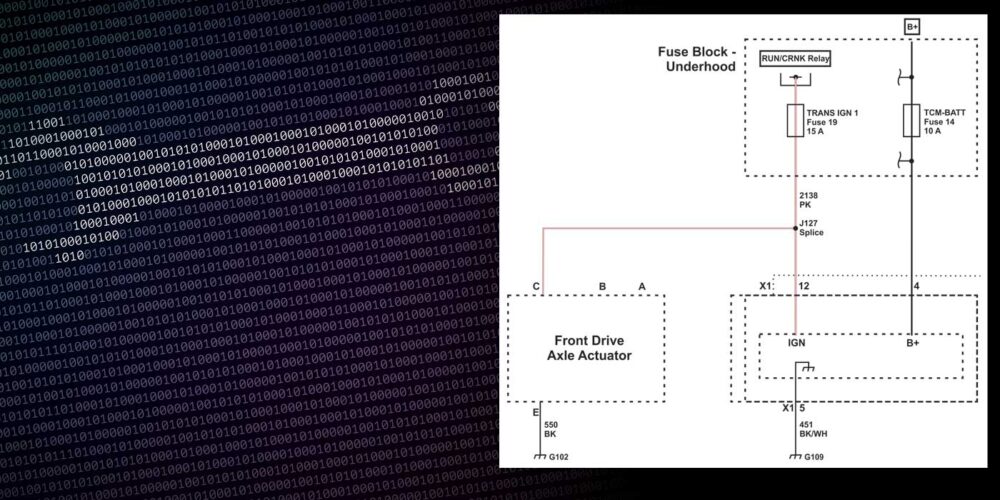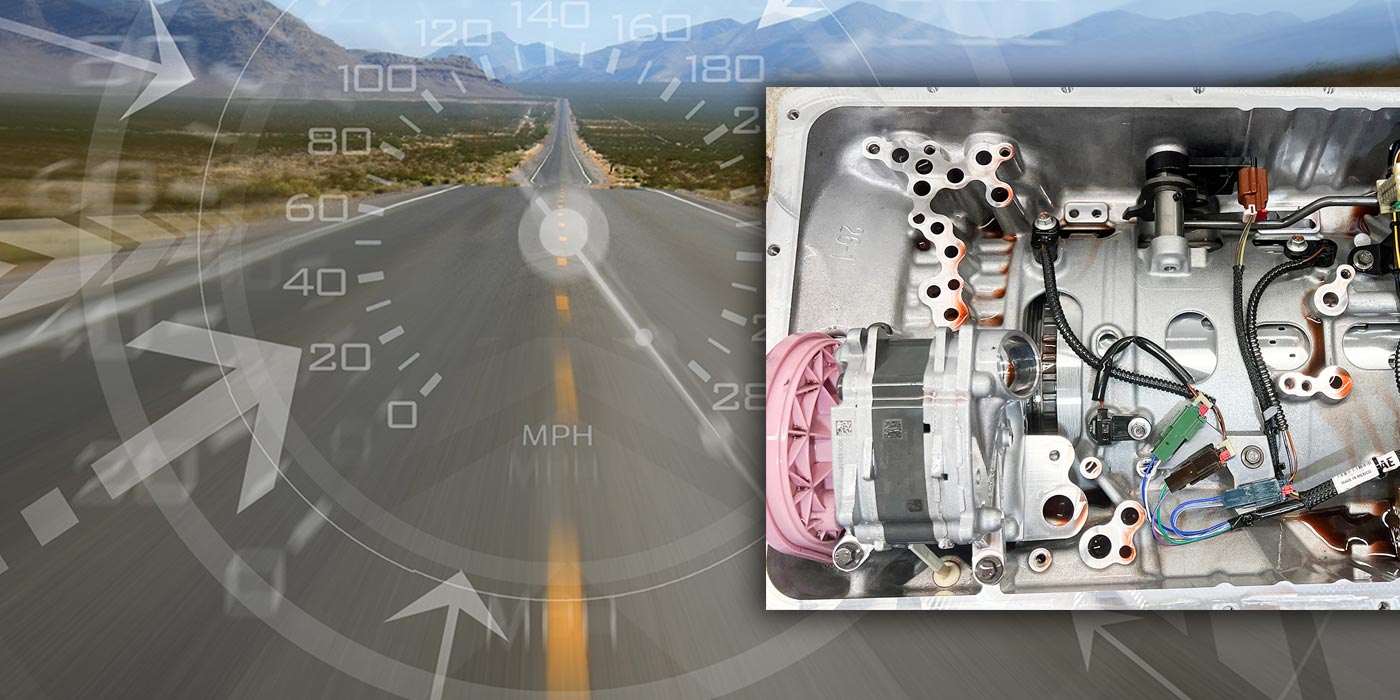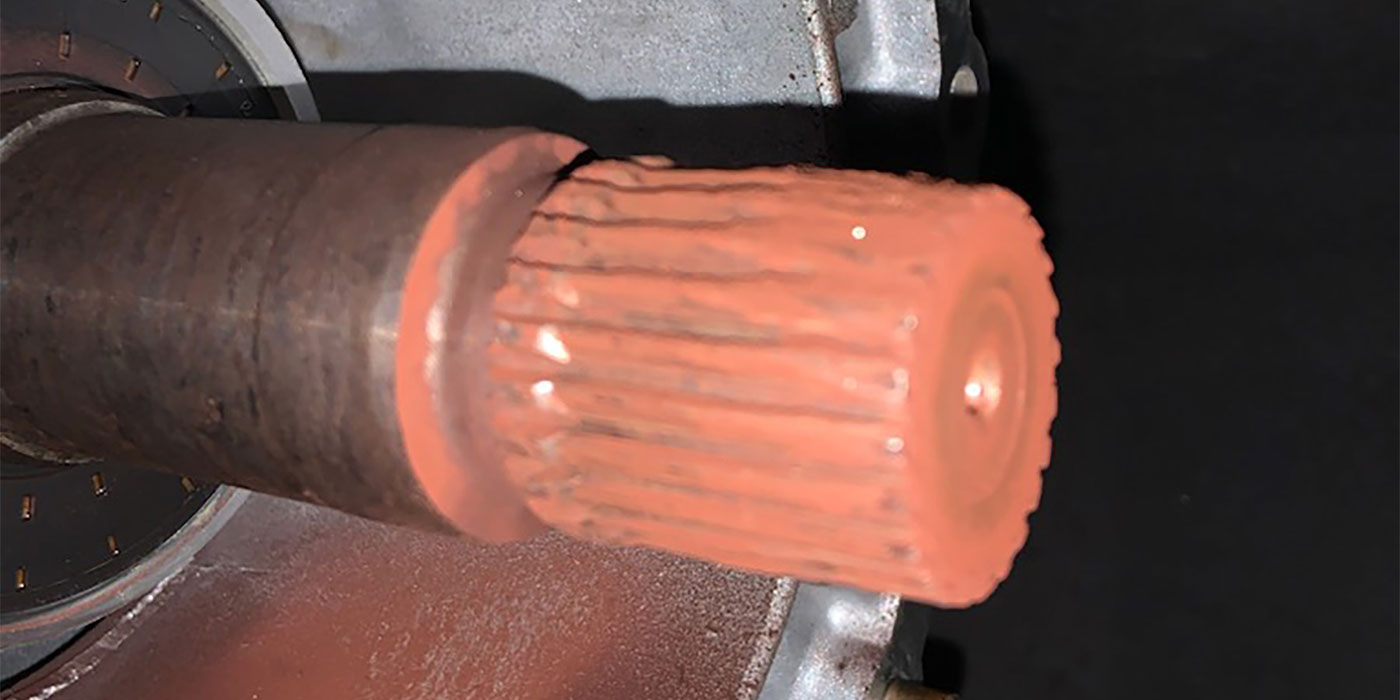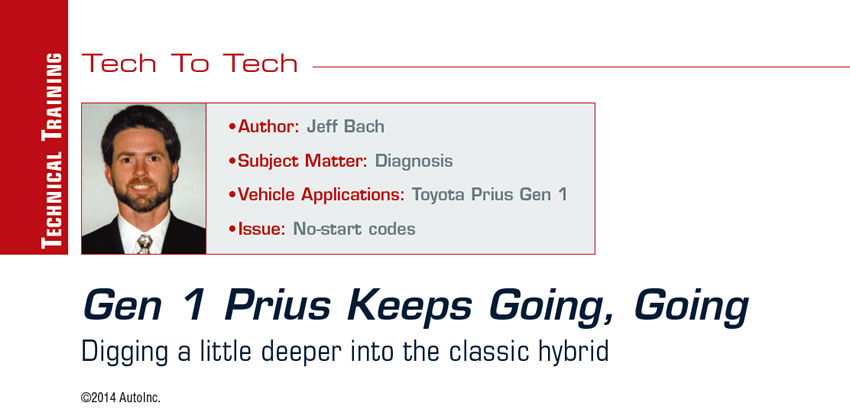
Tech to Tech
- Author: Jeff Bach
- Subject Matter: Diagnosis
- Vehicle Application: Toyota Prius Gen 1
- Issue: No-start codes
Digging a little deeper into the classic hybrid
It’s no secret that the Generation 1 Prius is my pick for favorite commuter vehicle. When these cars are properly serviced and running as they should, you just can’t beat them for transportation. They were designed to be the best hybrid vehicle on the market, and there were few cars that could compete with them when they first came out. Toyota put the cars in service in 1997 and had time to work out the bugs and even redesign the high-voltage (HV) battery.
History of Gen 1 Prius
The original Prius battery used the same basic battery cells that the Honda Insight and Civic Hybrids are using. They basically look like a series of D-cell stacks. The newer Panasonic cells were much-better performing and last much longer. Toyota introduced the Gen 1 Prius in the United States in 2001. It sold only about 15,600 units in the U.S., but its reputation soon had the people who were following the Green Car idea looking at the technology. Toyota sold only about 56,000 Gen 1 Priuses from 2001 to 2003. The people who bought these cars quickly became loyalists, and most are reluctant to let go of their Gen 1s even when replacing them with a newer model. I have heard the statement made many times by different Gen 1 owners that this has been the best car they have ever owned.
Growth of hybrids
By the time Toyota introduced the Gen 2 Prius, there were enough Gen 1 owners speaking highly about the cars that the redesigned Gen 2s took the hybrid market by storm. The Gen 2 Prius introduced in 2004 sold 54,000 units, and in 2005 that number nearly doubled. The rest of the car manufacturers began the race to develop hybrids of their own, with nearly all of them now offering some version of hybrid vehicle. It is safe to say that hybrids are here to stay, and Toyota had sold nearly 3 million Priuses worldwide as of June 2013.
Trade-in issues
The Gen 1 Priuses are now all reaching the age and mileage at which the original hybrid batteries are starting to let go, forcing their owners to decide whether they want to put the kind of money into the cars that their dealer is saying it will take to keep the cars in service. Gen 1 owners are generally offered very little on trade-in value with the dealer. The dealer generally offers only a brand-new battery as an option and deducts the repair cost from the trade-in value. Some of these cars are showing up at auctions after their owners decide to donate them to charity. I have picked up a few of them relatively inexpensively that needed little more than battery reconditioning.
Some others I’ve bought were sold as not running. It doesn’t take much misdiagnosing to send these cars on a one-way path to the auto auction. Sometimes the chain of events begins with a simple oil change. A day or two later the car gets towed to a repair shop as a no-start. The technician, thinking that he hears the engine start, run for a bit then stall, starts chasing his tail until the hybrid battery becomes too weak to spin the engine over. Since there aren’t many recharge options for the hybrid battery, this becomes a serious situation often ending in the car being towed to the dealer, traded in and then sent to the auction. It’s gotten to the point that I would say at least one third of Priuses that are not running and are towed to my shop get here because they are overfilled with oil.

Trouble codes
There are lots of data and Internet blogs with documentation and even You Tube videos explaining the causes and repair options for the all-too-common no-start codes P3101 and P3191 that occur on these vehicles. These codes are associated with multiple causes, which include but aren’t limited to any of the things that can keep a normal gas engine from starting, such as out-of-fuel condition, low fuel pressure, ignition coils misfiring, crank-sensor signal missing, mass-air-flow (MAF) signal problems, engine mechanical condition etc. Then there are other problems inherent to these particular vehicles that can keep the engine from starting. Probably the most-common issues that cause problems on these cars are created by technician error. These cars require 3.9 quarts of oil during an oil change with a filter. Four quarts is too much oil.
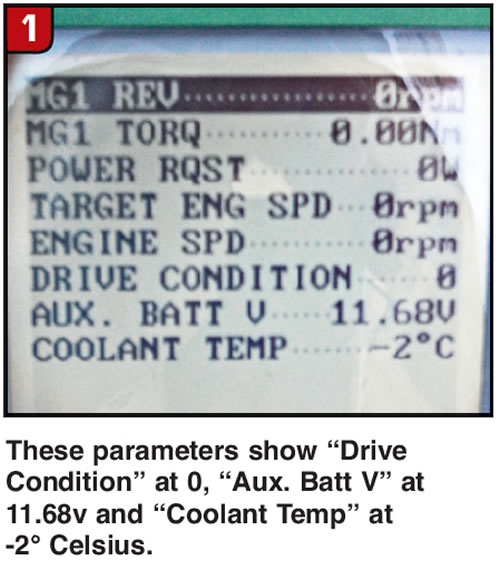
There is a factory bulletin regarding a P3191/P3101 no-start condition that ends in a new fuel tank, circuit-opening relay and a new powertrain control module (PCM). Several vehicles I have encountered have had this barrage of components replaced more than once. Some had the oil changed at the dealer and left overfull. I have one customer who keeps getting free-oil-change coupons from the dealer, and each time he warns them of the overfilling problem but they still continue to overfill his car.
I had a car in last month that came to us as a referral with the P3191 and P3101 codes. The owner wanted a second opinion. Her dealer told her she needed a fuel tank and computer. The estimate she was given had her trying to decide whether to keep the car. She bought it new and has had no problem for 11 years. The past two years it’s been hard to start in cold weather. She showed me the estimate she got from the dealer. I noticed she had just gotten the oil changed by them – and was charged for six quarts of oil. I showed her the level on the stick and explained what needed to be done, which she agreed to do.
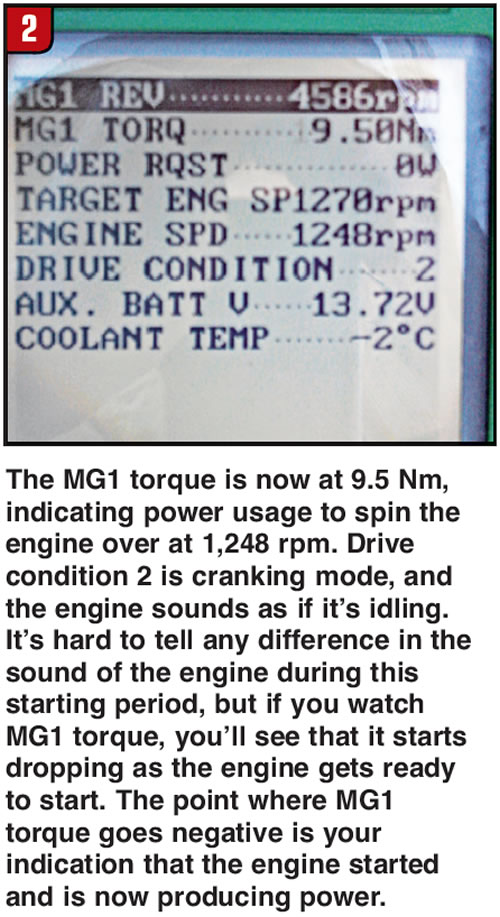
I took a look with the scan tool at the freeze-frame data in the HV module for the P3101 code and saw that the info code was a 205. The engine-coolant temp showed -5° Celsius. MG1 torque request = 0 kw. The exclusive info # 3 for the sub-code 205 was 0. The TSB for these codes is looking for a 1 in the exclusive info # 3 position showing that the computer is seeing an out-of-fuel condition. The fuel-tank baffle deflects under certain temperature conditions and holds the fuel-inlet lineup out of the fuel, allowing the pump to starve. This was a problem for certain fuel tanks from the time they were made. This car has been operating in the same environment since it was new, and the faulty-fuel-tank issue should have shown up and been taken care of before now if it was an issue.
We proceeded to drain the excess oil and pulled the throttle body off the intake and cleaned it along with the MAF sensor. We then cleaned the oil puddle out of the surge tank (intake) and reassembled the car. We have been keeping in touch this week as I have been with several other customers who have had this issue, since we have been experiencing temps in the teens at night all week. So far they have all been fine.
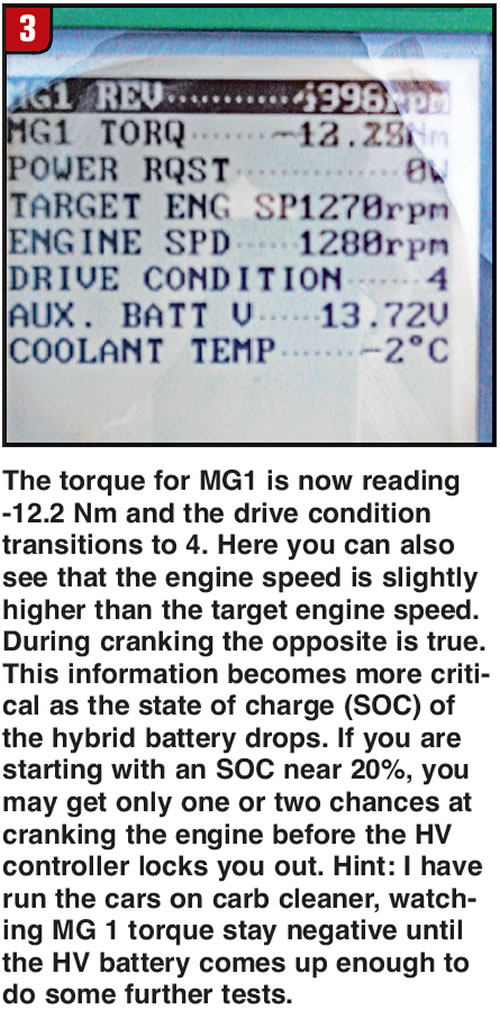
The test that I use to see how well the engine is starting begins with setting up the Mastertech in HV user data to capture MG1 torque, revolutions, drive condition and engine speed while trying to start the engine. I turn the key to start and start taking pictures of the data frames.
These cars are reliable when properly serviced, get excellent gas mileage and have achieved a five-star crash-test safety rating. When properly serviced, you can’t beat them.

Jeff Bach is the owner of CRT Auto Electronics in Batavia, Ohio. You can reach him at [email protected].
This copyrighted article is reprinted with the permission of AutoInc., the official publication of the Automotive Service Association (ASA). To learn more about ASA and its commitment to independent automotive-service and repair professionals, visit www.ASAshop.org or call 800-272-7467.





